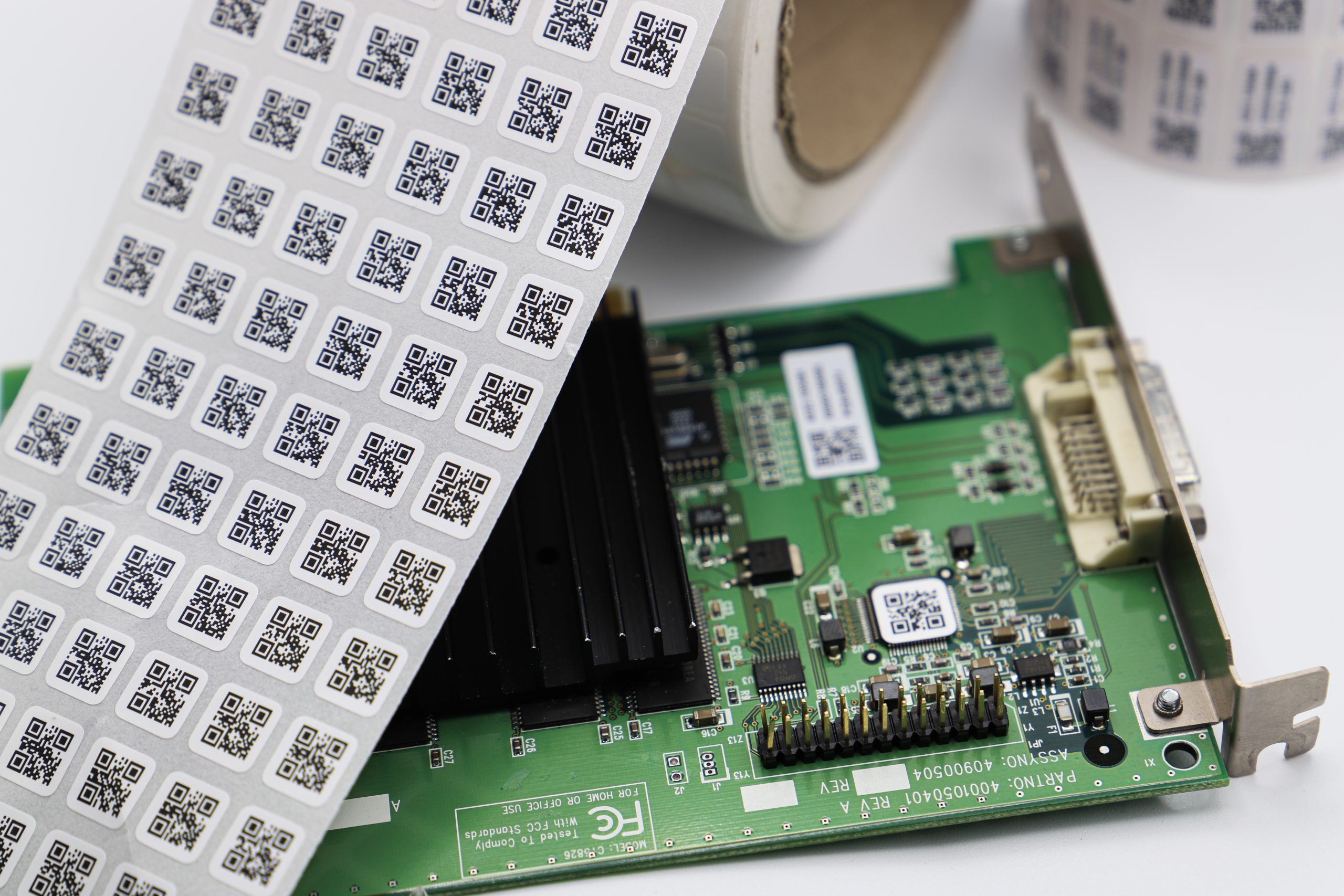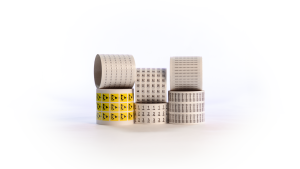

Configure your label
Industrial
Industrial
Durable, printable labels for what matters in your industry
What type of label is it?
Asset ID and Inventory Labels
Barcode and Serial Number Labels
Branding and Product Identification Labels
Cable Identification Labels
Calibration Labels
Compliance Labels
Component Labels
Hose and Pipe ID Labels
PCB Identification and Tracking Labels
Rating Plate Labels
Sign and Seal Labels
Tamper-Evident Security Labels and Seals
Temporary Removable Labels
UL Labels
Warning, Safety and Instruction Labels
Laboratory
Laboratory
Durable, printable labels for what matters in your laboratory
What type of label is it?
Asset ID and Inventory Labels
Barcode and Lot Number Traceability Labels
Blockout Masking Labels
Branding and Pharmaceutical Product ID Labels
Cap and Tube Labels
Cold and Cryogenic Labels
GHS, Warning and Instruction Labels
Label Sets for Clinical Studies and Trials
Labware Labels
Microscope Slide Labels
Quality Control and Quarantine Labels
Sample Identification Labels
Sterilisation Indicator Labels
Tamper-Evident Security Labels and Seals
Temporary Removable Labels
About
About
Who we are, what we do, how to join
Samples
Need a sample?
No problem.
No problem.
We're happy to provide samples free of charge.
Try them on your application, and our team will make sure their specification is perfect for your need.
Repeat orders
Our team makes ordering
as easy as possible.
as easy as possible.
Don't worry. We keep comprehensive archives as part of our commitment to complete customer care!

Place an order
Submit your requirements

Contact us
Contact our team
About


 French
French
 German
German
 US English
US English






